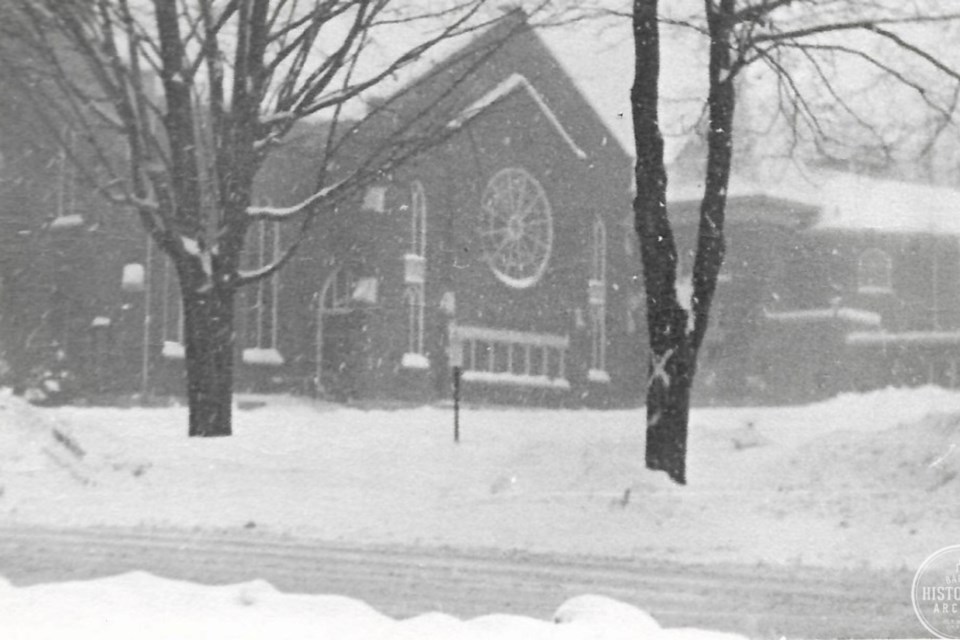“Underneath my window where the snow lies white, I can hear sweet voices singing in the night. As the wind varies, so they rise and fall, in this quaint old carol joining one and all.”
This is a portion of an 1840s era poem called The Carollers by Tom Hood, published on Dec. 19, 1878 in the Northern Advance.
Do carollers still travel the streets of Barrie at Christmastime? I know that there was a time when they were a common sight. Only once, perhaps around 1990, did I find a group of carollers on my doorstep and it was a most welcome surprise.
When the above poem was composed before 1845, carols and hymns were very separate types of musical pieces. Hymns are very old and traditional songs, created for the worship of God, and can generally be sung year-round in churches.
Carols are season specific and can have their roots in Medieval times, or can be very modern in origin. Although Christmas carols are the most well-known of these, there are Easter carols and others as well.
In 1878, Christmas carols were slowly becoming part of Christmas worship activities. They were not necessarily performed in churches at that time, but instead sung outdoors, in homes or perhaps in church halls.
As for bringing Christmas music to the people, the Salvation Army was one of the first organized groups to do this in Barrie. Very soon after their 1883 arrival in town, their brass band became a familiar sight on the streets of Barrie.
At Christmas, the Salvation Army turned their focus to performing carols and to taking the music to people who might not otherwise be able to attend their performances in person. This practice continues today.
In 1916, the Barrie Examiner reported that “The Salvation Army will hold their Christmas serenade on Friday and Saturday evenings this week visiting the homes of the citizens and singing Christmas carols.”
Collier Street United Church also had a great tradition of carolling in the streets. Each year, just before Christmas, the youth of the church gathered together to entertain the shut-in members of the congregation. They travelled by sleigh throughout the town and then returned to the church to warm up with hot soup.
In 1948, the Barrie Band joined with a school girls’ choir to tour the town and sing Christmas carols. The group began their program at the Royal Victoria Hospital and finished at Bayview Park. Afterwards, the mayor of Barrie and his wife, Mr. and Mrs. Grant Mayor, entertained the carolling group in their home.
Two days before Christmas of 1961, Eileen Dixon shared a list of must-dos in her regular ‘Skirting the Bay’ column in the Barrie Examiner.
“List in advance the preliminaries. Your notes might include wrapping last-minute gifts, decking the halls and doorways with the traditional trimmings including mistletoe, decorating the tree, hanging the stockings and preparing for the carollers on Christmas Eve.”
I must admit that I am completely unschooled in how to prepare for Christmas carollers. Are they collecting money for a church group, do they accept tips, would they like cookies or hot chocolate? In the rare but lovely event that they appear at my home, I feel that I should at least know what to do.
I am looking forward to hearing the readers’ carolling stories from Barrie’s past.
Each week, the Barrie Historical Archive provides BarrieToday readers with a glimpse of the city’s past. This unique column features photos and stories from years gone by and is sure to appeal to the historian in each of us.



